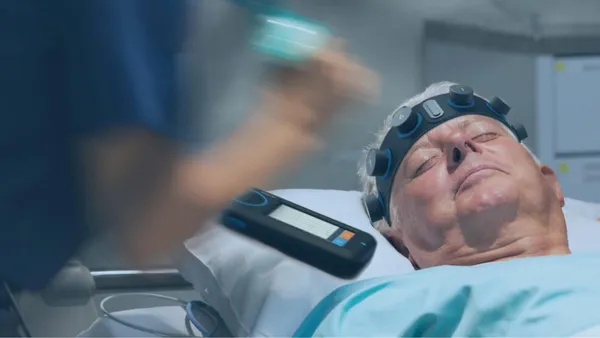- Demand for robots: In contrast to comments from Intuitive Surgical last week, Stryker said it is not seeing a slowdown from hospitals in purchasing its surgical robots. Sales of its Mako Surgical robots were up 19% in the second quarter compared to the year-ago period. However, the company is seeing less revenue per quarter as more hospitals shift to rental agreements or financing, rather than buying the equipment outright. “The timing of construction may get delayed a quarter or so, but no one's canceling these projects. Nobody's canceling any of our orders,” CEO Kevin Lobo said. “Hospital liquidity is still strong. Now of course they're feeling pressure on their profits, but their liquidity is still in a healthy position and that's really where the source of funding comes for capital [equipment].”
- Chip supply: Shortages of equipment continued to weigh on Stryker’s margins, as the company has turned to spot buying of semiconductor chips and electronic components. But the situation is improving. “We are seeing some easing of that,” CFO Glenn Boehnlein said, adding that the company, in some cases, was able to go to its regular suppliers and get electronic components based on negotiated contract prices. Other costs driven by inflation, such as for metals, plastics and transportation, are expected to “linger for a while,” continuing into next year.
- Ups and downs: J.P. Morgan analysts described the results as a “tale of two cities,” noting the raised forecast for Stryker’s top line, as procedure volumes continued to recover, but the pressures on the company’s bottom line, driven by inflation, currency and lingering pandemic headwinds. “It could be a lot better on strong sales growth, improving chip supply and inflationary pressure, but we don't expect it to be much worse,” they wrote in a Tuesday research note.
- Endoscopy growth: Stryker saw the most growth in its endoscopy segment, which was up 15.7% in the second quarter compared to the year-ago period. A portion of that comes from sports medicine procedures, which have a “fabulous outlook for the future” and have been accelerated by the shift in procedures to ambulatory surgery centers, Lobo said.
- M&A plans: After its roughly $3 billion acquisition of Vocera Communications earlier this year, Stryker is largely focused on smaller, tuck-in deals. However, the company didn’t seem to be in a hurry. “Obviously valuations are down. That doesn't mean that the companies that that have these lower valuations are excited to sell at these new values,” Lobo said. “I think it's going to take a little time for that to set in before we're going to see a lot of those companies want to sell.”

Stryker boosts sales forecast, sees steady demand from hospitals
The company said it has not seen demand slow for its surgical robots and other large equipment. Still, executives expect inflation to hit its bottom line.

Recommended Reading
- Wall Street backs Stryker-Vocera strategic fit but split on valuation By Ricky Zipp • Updated Jan. 7, 2022










